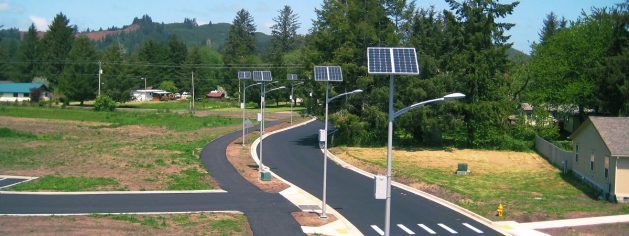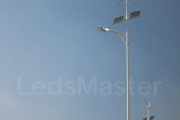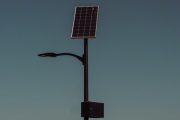Advantage & Disadvantages of Solar LED Street Light
Speaking of solar street lights, we will definitely feel that solar street lights are very environmentally friendly, and the effect is very good when used, but nothing can have only advantages and no disadvantages, so today we will introduce some of our solar street lights. The shortcomings are for everyone to learn more about.
Advantages of Solar Street Lights
Solar street lights use solar photovoltaic cells to provide electrical energy. As a green and environmentally friendly new energy source, solar energy is “inexhaustible and inexhaustible.” Making full use of solar energy resources is of positive significance to alleviating the shortage of conventional energy. The installation of solar street lights is simple and convenient, and there is no need to do a lot of basic works such as laying cables like ordinary street lights, only a base is needed to fix, all wiring and control parts are placed in the lamp holder to form a whole. The operation and maintenance cost of solar street lights is low. The operation of the entire system is automatically controlled, without human intervention, and almost no maintenance cost.
The main advantages of solar street lights include:
- Energy saving. Solar street lights use natural light sources in nature to reduce electrical energy consumption.
- Main street lights may have potential safety hazards due to various reasons such as construction quality, aging of materials, and abnormal power supply. Solar street lights are not suitable for alternating current. They use batteries to absorb solar energy and convert low-voltage direct current into light energy. There is no safety hazard.
- Environmental protection. The solar street lights are pollution-free and non-radiation, in line with modern green environmental protection concepts.
- High-tech content. The solar street light is controlled by an intelligent controller, which can automatically adjust the brightness of the light according to the natural brightness of the sky in a day and the brightness required by people in various environments.
- At present, the production technology of most solar battery components is sufficient to ensure that the performance does not decline for more than 10 years, and the solar panel components can generate electricity for 25 years or more.
- Low maintenance costs. In remote areas far away from cities and towns, in order to maintain or repair conventional power generation, power transmission and street lights are expensive. Solar street lights only require periodic inspections and very little maintenance workload, and their maintenance costs are less than conventional power generation systems.
- Modular installation components. The installation is flexible and convenient, which is convenient for users to choose and adjust the capacity of solar street lights according to their own needs.
- Independent power supply. The off-grid solar street lights have the autonomy and flexibility of power supply.
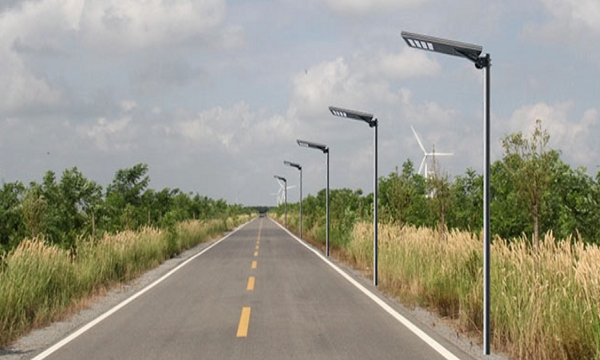
Disadvantages of Solar Street Lights
- Instability: Due to natural conditions such as day and night, seasons, geographic latitude and altitude, as well as the influence of random factors such as sunny, overcast, cloud, and rain, the solar irradiance reaching a certain ground is both intermittent and It is extremely unstable, which adds difficulty to the large-scale application of solar energy. In order to make solar energy a continuous and stable energy source, and finally become an alternative energy source that can compete with conventional energy sources, the problem of energy storage must be solved well, that is, the solar radiant energy during the sunny day should be stored as much as possible for the night or rainy days. Day use, but energy storage is also one of the weaker links in solar energy utilization.
- Low efficiency and high cost: Some aspects of the development level of solar energy utilization are theoretically feasible and technically mature. However, some solar energy utilization devices have low efficiency and high cost. In general, the economy cannot compete with conventional energy sources. For a considerable period of time in the future, the further development of solar energy utilization will be mainly restricted by economy.
- Dispersion: Although the total amount of solar radiation reaching the earth’s surface is large, the energy flux density is very low. On average, near the Tropic of Cancer, when the weather is clear in summer, the irradiance of solar radiation is the highest at noon, and the solar energy received on an area of 1 square meter perpendicular to the direction of sunlight is about 1,000W on average; The average day and night throughout the year is only about 200W. In winter, it is roughly half, and cloudy days are generally only about 1/5. This kind of energy flow density is very low. Therefore, when using solar energy, to obtain a certain conversion power, a set of collection and conversion equipment with a relatively large area is often required, and the cost is relatively high.
- Low energy conversion efficiency. Although the price cost is relatively high, but the price is high, not necessarily the quality is good. At present, the conversion efficiency of solar panels is relatively low. In theory, the conversion efficiency of monocrystalline silicon solar panels can reach more than 25%. However, after actual installation, due to factors such as building shelter, the actual conversion efficiency is only 15-19 %, even lower.
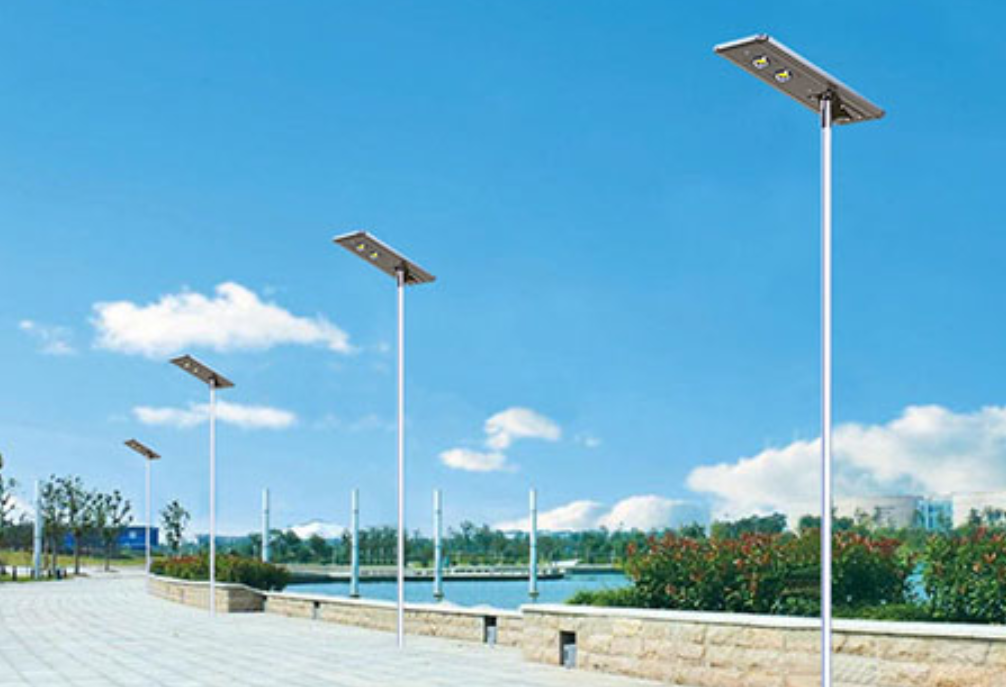
- Vulnerable to outside interference. Due to the principle of converting solar energy into electrical energy, the climatic conditions of the installation site directly affect the storage and use of solar street lights. For example, the local solar radiation time, atmospheric dust, continuous rainy days and other factors, if the energy is not absorbed for a long time, then it is very likely that the lights will not turn on. To make matters worse, long-term working under abnormal rated power has aggravated the reduction of its service life.
- The range of light effect is narrow and the illumination is non-uniform. At present, the matching LED lighting lamps produced more or less show the phenomenon that the illumination range is too narrow and the illumination is not uniform, and the technology is not mature enough. If foreign advanced lighting fixtures are introduced, the price is relatively expensive, so it is still a problem. For rural roads with narrow roads and low contrast requirements, low-power solar street lights can meet the lighting requirements. However, in urban roads with high requirements for street lighting, solar street lamps have disadvantages: the light coverage is narrow and the brightness is not uniform enough.
- Short lifespan. Batteries and controllers are expensive, and the batteries are not durable enough and must be replaced regularly. The useful life of the controller is generally only 3 years, and the reliability is low. On the existing main roads, many of them use the dual power supply mode of mains and batteries, which leads to increased management costs.
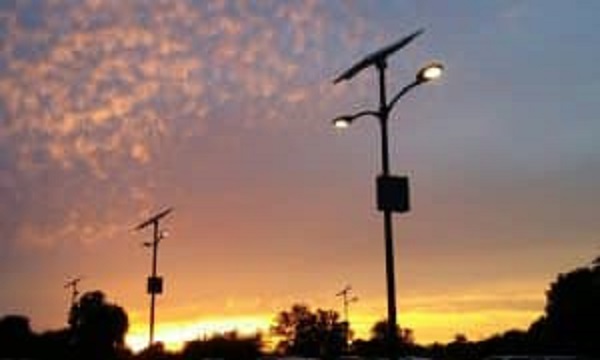
- Lead-acid battery pollution. At present, many suppliers have configured lead-acid batteries for buyers in order to reduce costs. They are mainly composed of lead, sulfuric acid and some other metals and plastics. Waste battery acid contains a large amount of lead, and random discharge will not only seriously pollute the soil and water flow. , Causing damage to the air and ecological balance, but also causing human metabolism and neurological diseases. Moreover, the current domestic recycling and processing of used batteries is still in a relatively disorderly state, so many scrapped lead-acid batteries are polluting our living space, even if gel batteries are used, pollution also exists.

